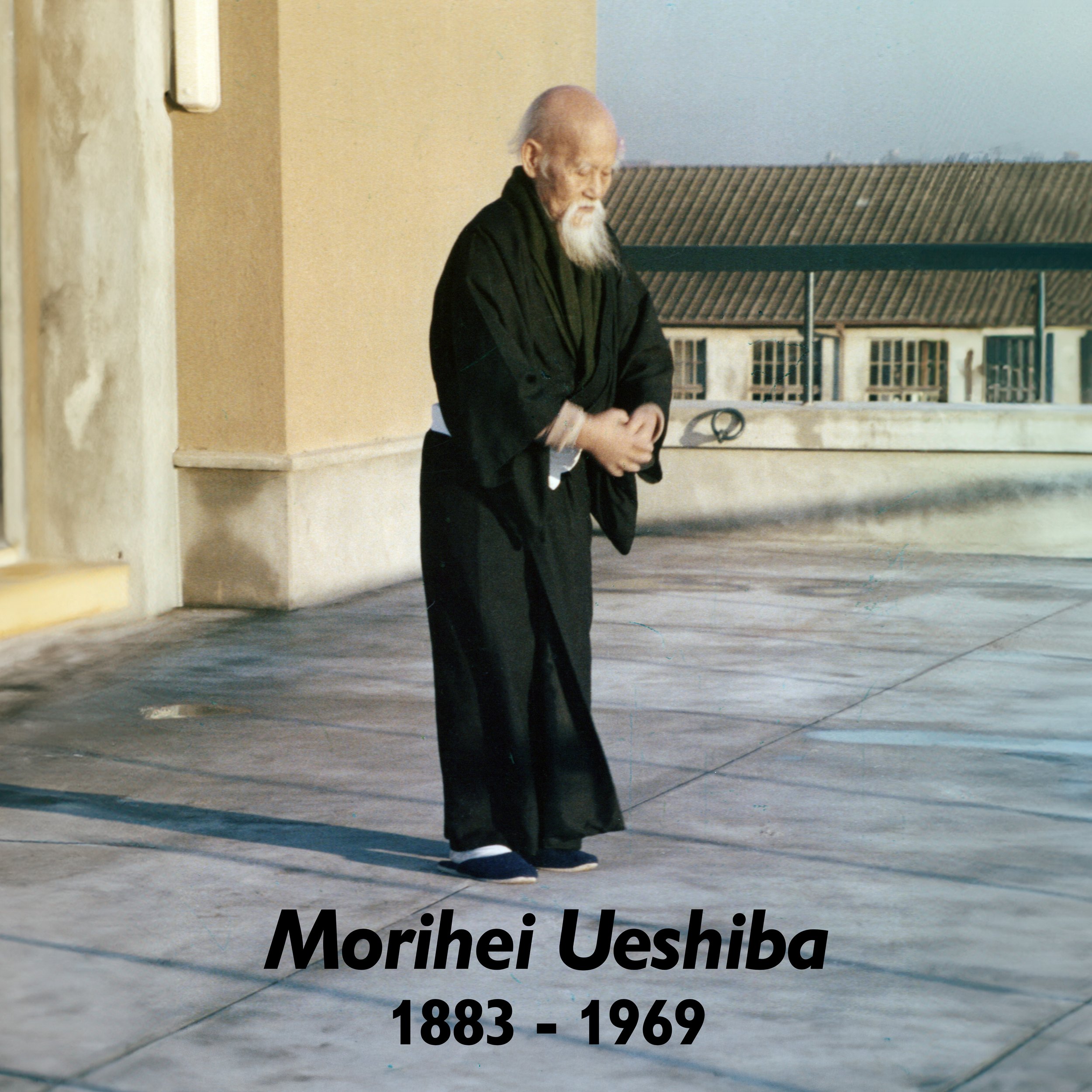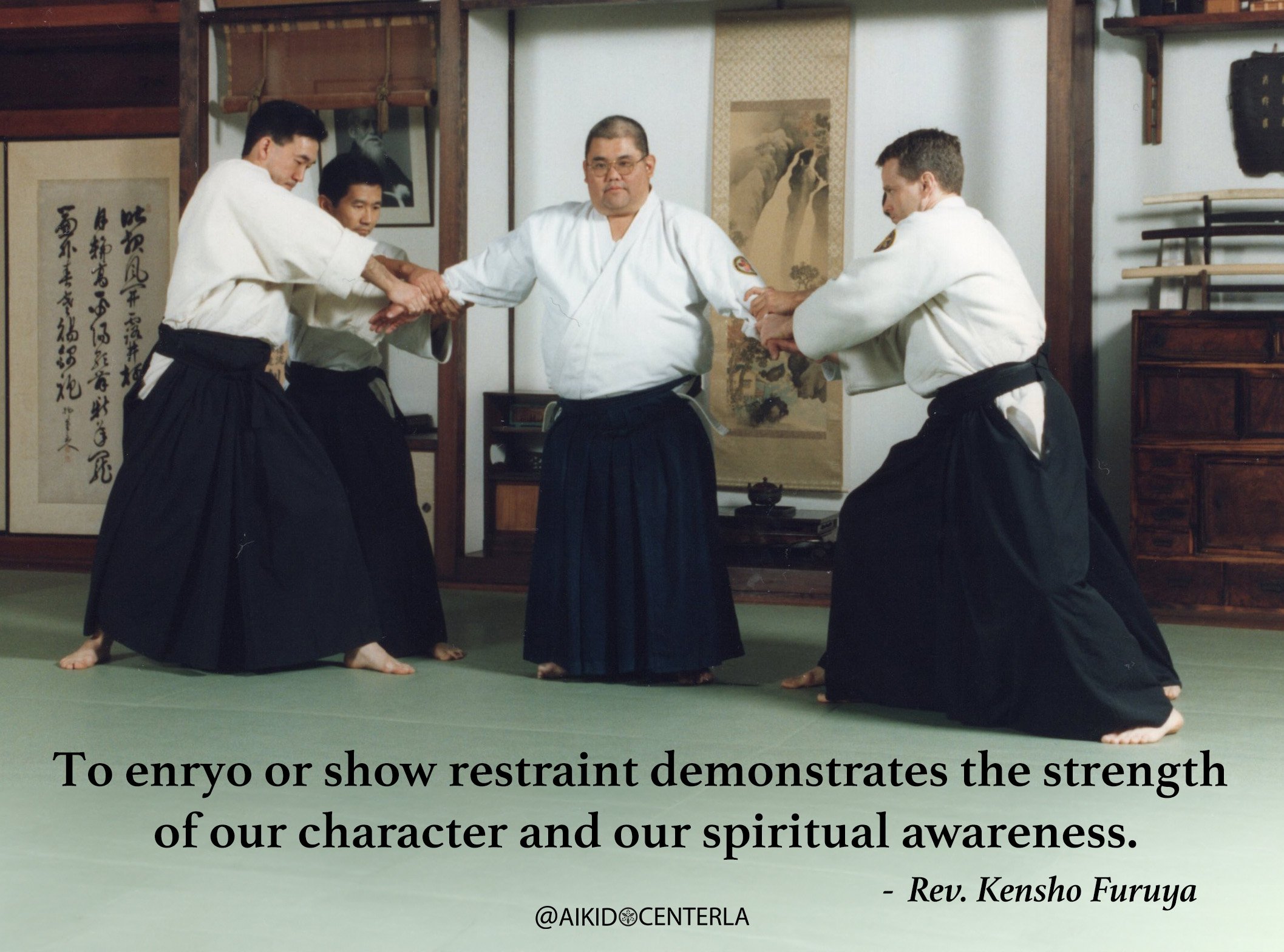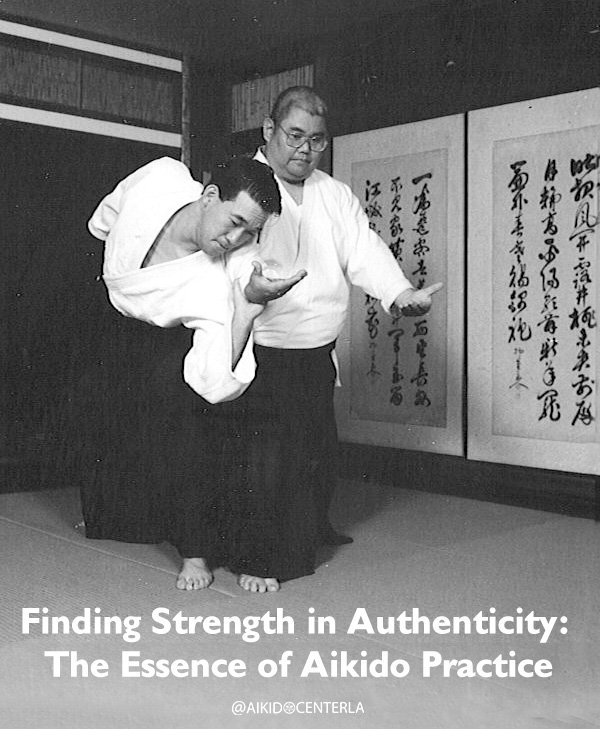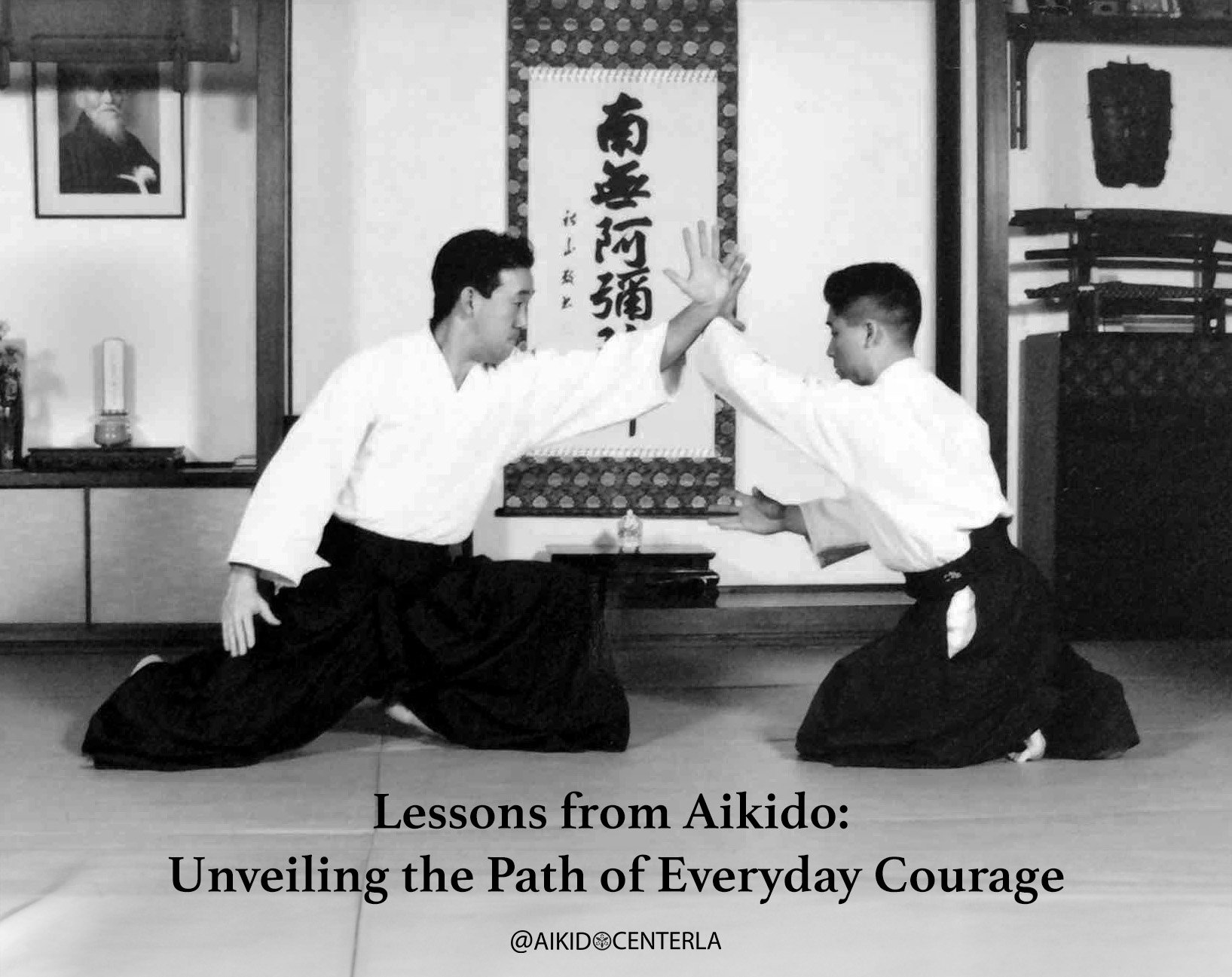Aikido is more than a way to defeat one’s opponents - it is a discipline. There is a difference between being disciplined and something being a discipline. “To be disciplined” or kinshin (謹慎) is “to show a controlled form of behavior or way of working.” A “discipline” or shitsuke (躾) is “an activity or experience that provides mental or physical training.” In order to follow a discipline like Aikido, one must be disciplined. We can be disciplined but not follow a discipline, but we cannot follow a discipline without being disciplined.
Furuya Sensei used to talk about Aikido being “a discipline.” For most of my life, I misunderstood what he was saying and thought that having discipline was the same thing as following a discipline.
When I was younger, I thought discipline was only physical and I competitively searched for the outer bounds of my physical ability and Aikido’s effectiveness. What I found was that we only find our physical limit when we have exceeded the limits of our bodies. Only after I had beat up my body did I realize that being disciplined and following a discipline was mental the whole time. Where the physical leaves off is where the true psychological journey begins. In Japanese, “to overcome psychological barriers” is dakkyou (脱境). Here, I realized it is all mental and that to follow a discipline, one must be disciplined physically and just as much or even more mentally disciplined too.
At every level of our training, we will be confronted with obstacles, barriers, and difficulties. In the beginning, all of our discomforts will present as physical problems like stamina, technical difficulties, body control, footwork, pain, etc. With each obstacle we overcome we develop tolerance and fortitude. The direct benefit that physical training gives us is that we will use that discipline to overcome the things that are confronting us mentally.
Later in our training, we will meet the four undefeated opponents: old age, old injuries, the Self, and Death. (There is a 5th but Mother Nature rarely shows up on the mat.) We will face each of these opponents in this basic order. As we age, our bodies start to give out and it is frustrating that we cannot do what we used to be able to do. When our bodies give out, those old injuries resurface and add another layer of uncomfortableness to training. This is where things really become 100% mental because this frustration and difficulty bring forth our most formidable opponent - the Self. The Self knows all of our weaknesses. We can’t really defeat the Self. O’Sensei might have advocated for self-victory but the victory he was talking about is not in defeating the Self but in having the discipline to control it. If we cannot truly defeat any of these opponents, then we have to learn to deal with them. Dealing with them is 100% mental and that fortitude only comes from following a discipline like Aikido. Learning to deal with the Self is what prepares us to face Death. Therefore, what Aikido training is really teaching us how to face Death. In the Hagakure, Yamamoto Tsunetomo wrote, “Whenever you meet difficult situations, dash forward bravely and joyfully.” The practice of Aikido as a discipline is what gives us the ability to be disciplined. With a discipline like Aikido, we can face anything that confronts us with not only bravery and eagerness but with a joyful smile. Aikido is more than a martial art; it is a discipline.
Today’s goal: Realize that everything is just a mind game that you are playing on yourself.
Watch this video of the Kendo 8th Dan examination to gain a better understanding of discipline.





















